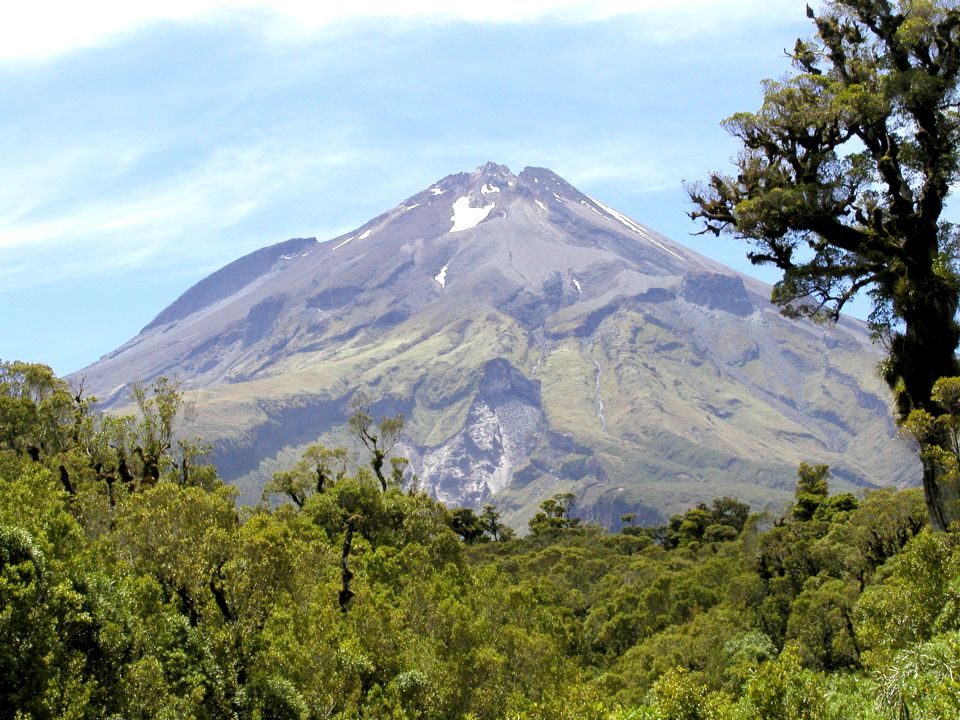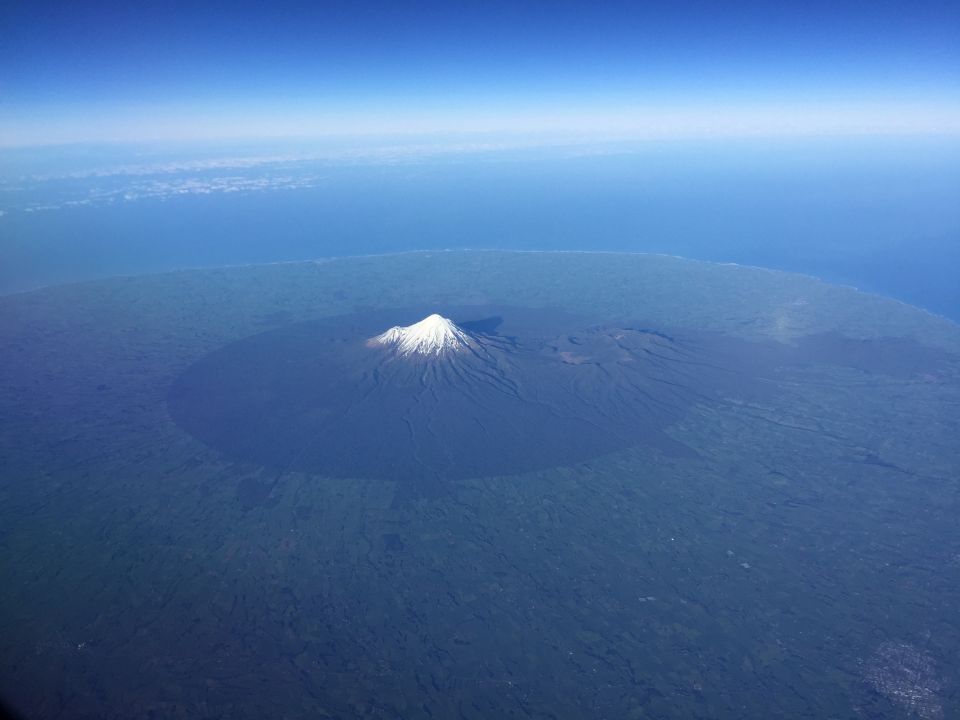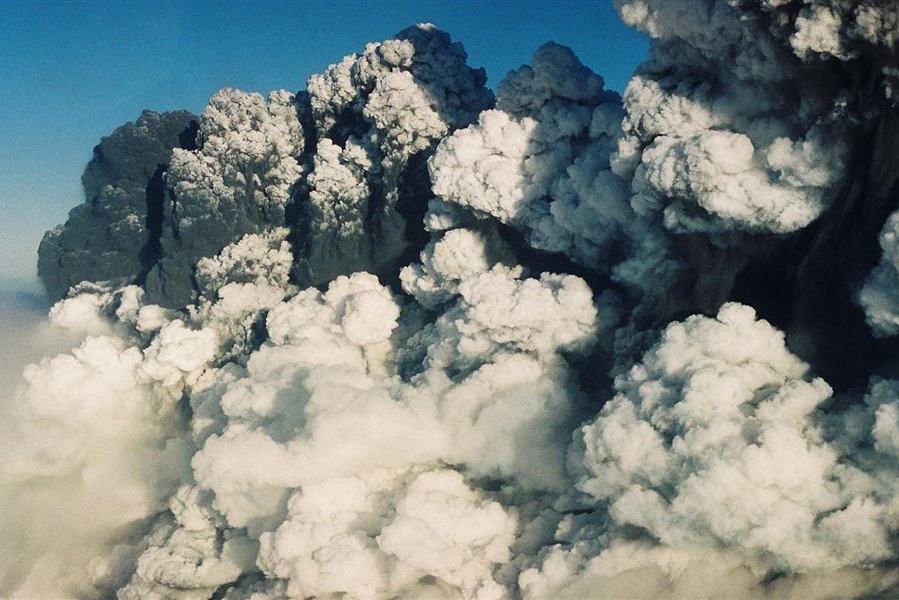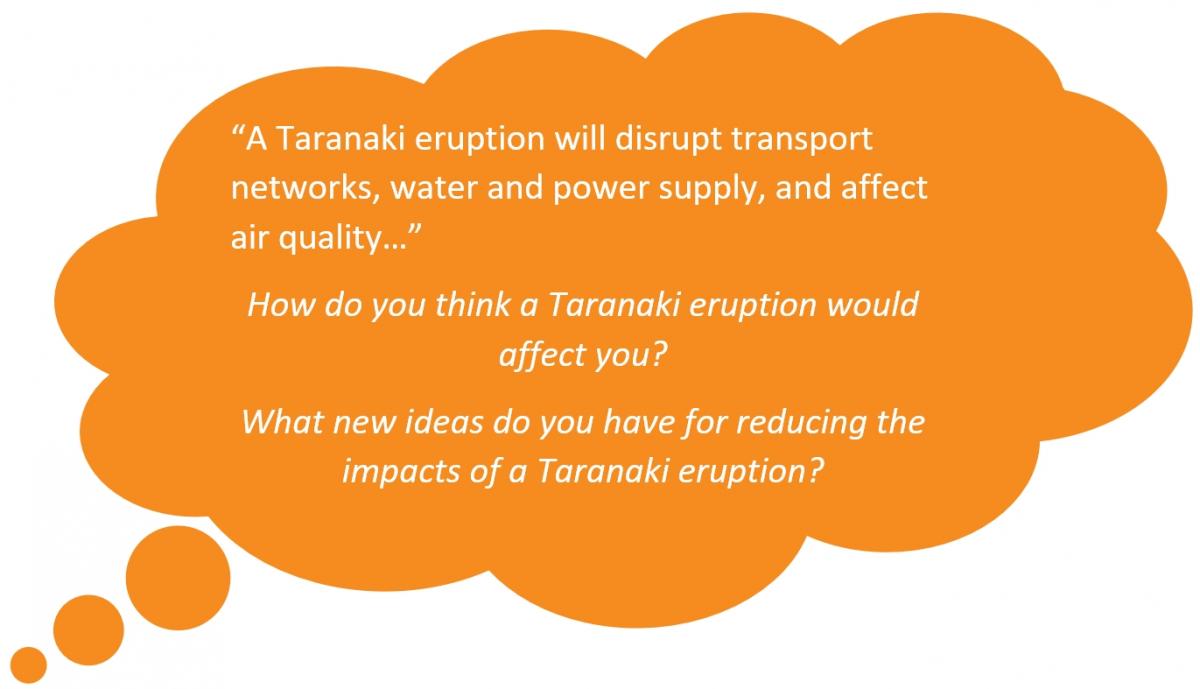You can contact LEARNZ, part of CORE Education, at:
Postal Address:
PO Box 13 678,
Christchurch 8141,
New Zealand

Mt Taranaki began forming about 130,000 years ago and moderate to large eruptions have occurred on average every 500 years with smaller eruptions occurring about 90 years apart. It's estimated that the volcano has erupted over 160 times in the last 36,000 years. Taranaki is considered to be a 'sleeping' active volcano that is likely to erupt again.
The main hazards from a Taranaki eruption include;

The cone of Mt Taranaki has collapsed several times and surveys have confirmed that historical landslides, lava, and pyroclastic flows have reached between seven and 40 kilometres from the cone, reaching the present Taranaki coastline.
Ash ejected from the mountain has ranged in size between less than a millimetre to several centimetres. In addition, on-going erosion events after an eruption can cause effects beyond the volcanic cone at any time.
There are no indications that Mt Taranaki is about to erupt, however, its history of activity tells us that it will in the future. Mt Taranaki volcano is well monitored by the GeoNet project, and volcanoes like Taranaki usually show unrest before an eruption starts, with warning periods likely to range between days to months.

An eruption could lead to people needing to evacuate their homes and would impact on residents, communities, and businesses from the immediate area. Farming and tourism would also be impacted. Transport networks would be affected with damage to roads, bridges and likely closure of the port and airport. Services such as electricity and water would be affected and ashfall could cause widespread disruption and affect air quality. Eruptions and  volcanic unrest could continue for months or years.
volcanic unrest could continue for months or years.
Even minimal amounts of ash fall will affect buildings, fish, livestock, and already-threatened ecosystems.
Ashfall could spread over much of the upper North Island, causing disruption to Auckland.
Complete the Taranaki volcanic hazards quiz
> Discover more about volcanoes and volcanic hazards